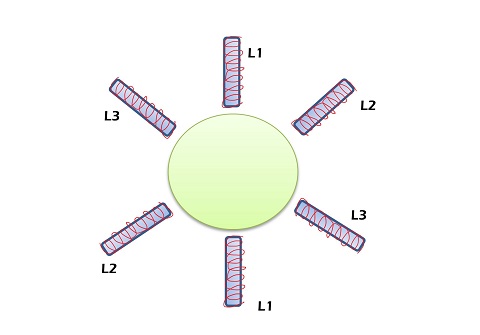Three phase motors are used in many industrial applications. They are simple in design and have a high starting torque. Compared to single phase motors of similar power rating, they are also compact and long lasting. However, Connecting a three phase motor to its power supply is not trivial.
In the field, heaters and boilers are moved often, at least once a year for maintenance, and require disconnection and reconnection each time. I think you would find it worthwhile to know about an important aspect of heater connection.
The electrician’s job
The rotation assembly in the three phase motor is meant to run either clockwise or counter-clockwise, depending on what the motor is supposed to achieve with its load. In the case of heaters, the load includes pumping fuel out of the tank and into a fuel line, drawing air into the combustion chamber, and blowing warm air through the outlet.
Whenever the three hot leads of the motor are hooked up to the three phase power supply, the direction the rotor assembly will ACTUALLY turn depends on the phase rotation of the power supply. At the time of hook-up there is a 50% chance that it is “correct” for the motor. If you get it wrong, the motor runs backwards, and that could cause damage.
This is why electricians use a phase rotation meter to test the connection before completing the hook-up. If the rotation is backwards, the electrician swaps two of the wires to get the correct rotation.
This check with the meter needs to be done on every re-connection. Because whenever there is a change on the power supply side—whether a new generator or a change in power cord, receptacle, or plug— there is a 50% chance that the phase rotation reverses.
What not to do
A local company once tried to eliminate the need for phase rotation testing. They changed all of their equipment to run in the same direction. But all this did was give them a false sense of security. As I said, just swapping a power cord is enough to cause a change in rotation——.
